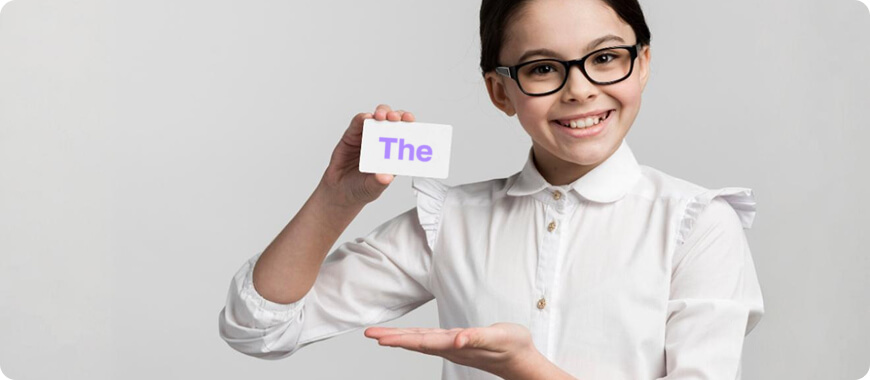Teaching grammar to kids, especially tenses, can seem challenging. But with the right approach, explaining the Present Simple tense can be simple and fun. Here’s an easy guide to help your child grasp the Present Simple, which is all about things we do every day or things that are always true.
1. Start with Daily Routines and Simple Examples
- Explain Present Simple as “Everyday Actions”: Introduce the Present Simple tense by talking about daily routines. Explain that we use this tense to talk about things we do regularly, like eating breakfast, brushing our teeth, or going to school.
- Use Clear Examples: Give a few examples that kids can relate to:
• “I eat breakfast.”
• “She goes to school.”
• “They play soccer.”
Tip: Emphasize that we use this tense for actions we do every day or for things that are always true, like "The sun rises in the east."
2. Teach Present Simple with “I,” “He,” “She,” and “They”
- Start with “I” and “You”: Begin with easy pronouns like "I" and "you," which don’t need any changes to the verb:
• “I like ice cream.”
• “You play games.” - Add “He” and “She” with -s: When using "he" or "she," show how the verb changes by adding an “s” at the end:
• “He eats pizza.”
• “She dances.” - Introduce “They” and “We”: Mention that with "we" and "they," the verb doesn’t change:
• “They watch TV.”
• “We play in the park.”
Tip: Keep it visual with flashcards showing each pronoun and examples to reinforce understanding.
3. Use Simple, Fun Games to Practice
- Game 1: “What Do You Do?”
• How to Play: Take turns asking and answering questions like “What do you do in the morning?” or “What does she do after school?”
• Learning Focus: This game reinforces regular actions and routines, helping kids understand when to use the Present Simple. - Game 2: Present Simple Charades
• How to Play: Write some simple actions on cards (e.g., “jump,” “run,” “sing”) and let the child pick one and act it out. Then, ask questions like “What do you do?” and help them answer in the Present Simple, such as “I jump.”
• Learning Focus: Kids can practice sentence structures with actions, making learning more memorable. - Game 3: “Yes or No?”
• How to Play: Say sentences like “She likes ice cream” or “They go to school” and ask if it’s true or false. Let the child answer with “Yes” or “No.”
Learning Focus: This game helps with sentence structure and comprehension.
4. Practice with Real-Life Examples and Visuals
- Create Flashcards with Everyday Activities: Draw or print pictures of activities like eating, running, and reading. Practice making Present Simple sentences with each flashcard.
- Use Daily Routines: Ask questions about daily routines, like “What do you do after breakfast?” This gives kids context for the Present Simple in real life.
- Encourage Sentence Practice: Ask them to make sentences about their own activities, like “I play with my friends” or “She reads a book.” Practice will help reinforce sentence structure.
5. End with Positive Reinforcement
- Celebrate Correct Usage: Give praise when your child uses the Present Simple correctly, and gently correct any mistakes with examples.
- Use Stickers or Fun Rewards: When they form sentences accurately, reward them with stickers or small rewards to keep motivation high.
Conclusion
With a simple approach and fun games, kids can learn the Present Simple tense as they talk about their routines, habits, and the things they do daily. The key is to use visuals, games, and real-life examples to make grammar easy to understand. Learning grammar doesn’t have to be complicated; with a little creativity, it can be a fun part of your child’s day.
LearnLink’s Approach to Teaching Grammar
At LearnLink, we believe that grammar can be taught through engaging activities and everyday language. Our interactive lessons, games, and fun exercises are designed to make learning English grammar simple and enjoyable for young learners. Ready to see how we teach the Present Simple and more? Sign up for a free trial lesson today!









